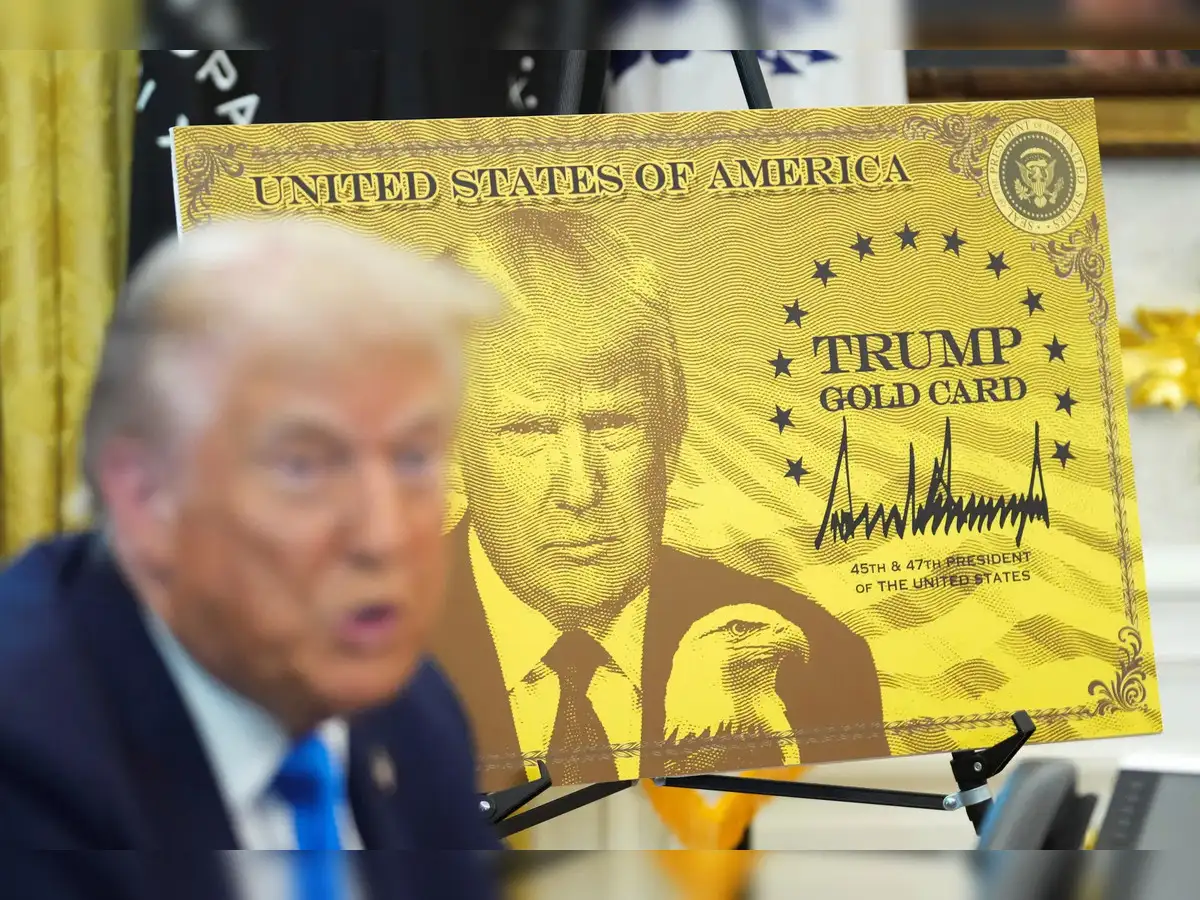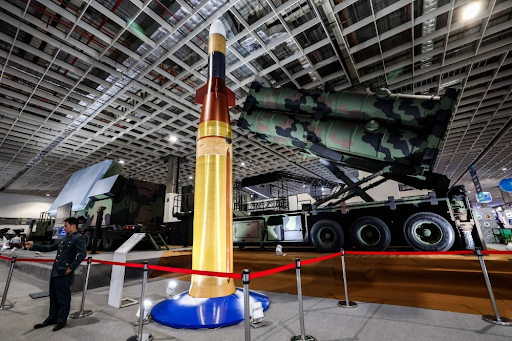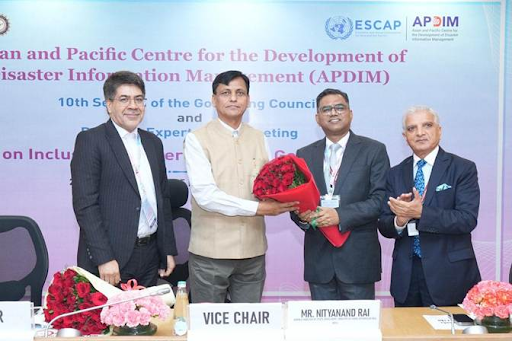



India and Bhutan’s 6th JGC Meeting in Thimphu focused on enhancing border trade through digitization, automation, and security. Key initiatives included ECTS, CBM, RMS, and CMAA. These efforts aim to reduce trade barriers, prevent illegal activities, and strengthen Bhutan’s economy, reflecting India’s Neighbourhood First Policy and regional cooperation goals.

Copyright infringement not intended
Picture Courtesy: PIB
India and Bhutan hold 6th Joint Group of Customs (JGC) Meeting in Thimphu, Bhutan, to boost border trade and digital cooperation.
India and Bhutan share a unique relationship based on the Treaty of Friendship and Cooperation (1949, updated in 2007), which promotes close economic and strategic ties.
India is Bhutan’s largest trading partner, with bilateral trade valued at approximately Rs 11,297 crore in 2022-23, according to the Indian Embassy in Bhutan. Bhutan exports goods like hydropower, ferroalloys, and agricultural products to India, while importing fuel, machinery, and consumer goods.
Since Bhutan is landlocked, it depends on Indian ports (like Kolkata and Haldia) and land routes for trade with the world. The 10 Land Customs Stations along the 699-km India-Bhutan border are critical for this trade.
The JGC Meeting is a platform to resolve practical challenges in customs and trade.
Trade Facilitation => By adopting automation, digitization, and systems like Electronic Cargo Tracking System (ECTS), both countries can reduce paperwork and delays, to make trade faster and cheaper.
Border Security => Coordinated Border Management (CBM) and the Customs Mutual Assistance Agreement (CMAA) help prevent smuggling, tax evasion, and illegal trade, ensuring secure borders.
Capacity Building => Indian training programs empower Bhutanese officials and traders, strengthening Bhutan’s trade capabilities. This reflects India’s Neighbourhood First Policy, where India supports neighbors to promote regional stability.
Economic Growth => Efficient trade processes boost Bhutan’s economy, which depends heavily on India. For India, smooth trade with Bhutan strengthens its influence in South Asia.
Automation and Digitization => Using online systems to process customs documents. For example, India’s Indian Customs EDI System (ICES) and Bhutan’s Revenue Administration Management Information System (RAMIS) can share data to clear goods faster.
Coordinated Border Management (CBM) => Customs officials from both countries work together at border stations to avoid duplication and delays. For example, they might share inspection duties.
Electronic Cargo Tracking System (ECTS): ECTS uses GPS and digital seals to track goods in transit, ensuring they aren’t tampered with. This is especially useful for Bhutan’s exports passing through India to reach ports.
Customs Mutual Assistance Agreement (CMAA) => This legal agreement allows India and Bhutan to exchange information on customs violations, like under-invoicing or smuggling, to enforce laws effectively.
Risk Management System (RMS) => Uses data analysis to identify high-risk shipments for inspection, allowing low-risk goods to clear quickly.
Authorised Economic Operator (AEO) => This program certifies trusted traders, giving them faster customs clearance. India offers to help Bhutan implement this.
Food Safety Standards => Training on standards ensures Bhutan’s agricultural exports meet India’s regulations, boosting trade.
Must Read Articles:
INDIA BHUTAN RELATIONS: A STRATEGIC PARTNERSHIP
Source:
|
PRACTICE QUESTION Q. Evaluate the impact of China’s growing interest in Bhutan on India’s strategic calculus in the Eastern Himalayas. 150 words |







© 2025 iasgyan. All right reserved